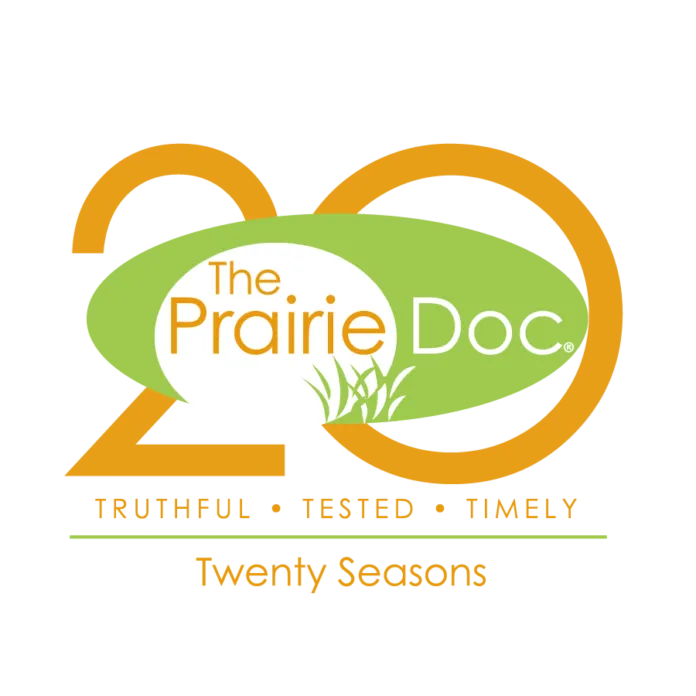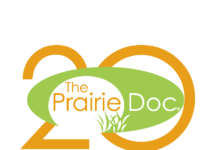From the back of our hands to the back of our legs, pale blue blood vessels are visible just under the skin. Oftentimes these veins are flat and not painful. However when these vessels become abnormally swollen or dilated, they are called varicose veins. This swelling is caused by the valves inside the veins becoming weak and no longer sealing tightly. Varicose veins can become painful, quite large and stick out from the surface of the skin.
In order for blood to return from your feet back to the heart, the blood must be pumped up against gravity. Check valves in the veins are what keep the blood from pooling back down the legs in between heartbeats. When the heart beats (called systole), the valves open and allow the blood move upward. When the heart is paused, filling for the next beat (called diastole), the valves close and keep blood from flowing back towards the feet. As we age these valves become weak and do not fully close, then the surrounding veins become swollen with extra blood causing varicose veins to occur.
Women are also more likely to develop varicose veins than men due to hormonal changes during pregnancy and menopause. Standing or sitting in one position for long periods of time can also increase the risk of developing varicose veins since leg muscle contractions also help move the blood up against gravity. Older age, obesity, and family history are all common risk factors.
Varicose veins do not just look unsightly; they can also cause pain in the legs. They often lead to an aching or heavy feeling in the legs. Varicose veins additionally lead to burning, throbbing, itching or muscle cramping in the legs. If that is not bad enough, complications related to varicose veins can include ulcers, bleeding, or blood clots.
Unfortunately there is not a way to repair these valves once they are damaged. However, there are some things you can do to help manage varicose veins. Wearing compression stockings can help decrease swelling in the legs. Frequent movement of the legs such as pumping your ankles a few times an hour, raising your legs above the level of the heart for 15 minutes a few times each day, increasing exercise, and losing weight can all help increase blood flow.
If these measures do not give the relief you need, then it is time to talk with your doctor and discuss seeing a specialist for more advanced treatment. There are several different treatments available and they can help you find the one that is right for you. While varicose veins may be below the surface, do not let them get to the point where they really “get under your skin.”
Jill Kruse, D.O. is part of The Prairie Doc® team of physicians and currently practices as a hospitalist in Brookings, South Dakota. Follow The Prairie Doc® at www.prairiedoc.org and on Facebook and Instagram featuring On Call with the Prairie Doc®, a medical Q&A show providing health information based on science, built on trust, streaming live on Facebook most Thursdays at 7 p.m. central.




